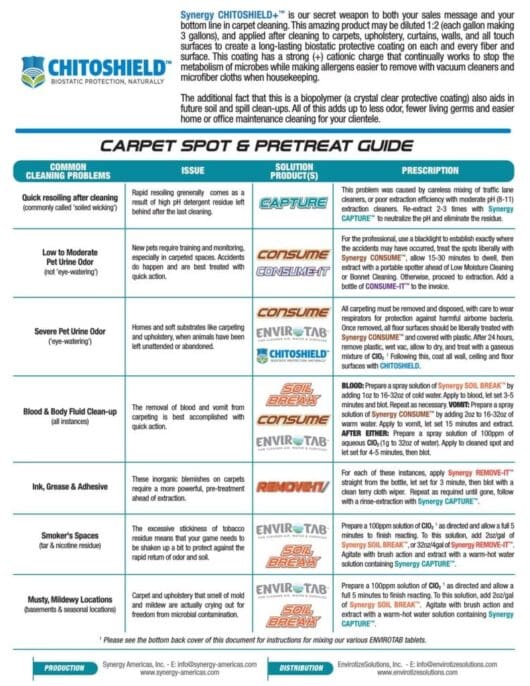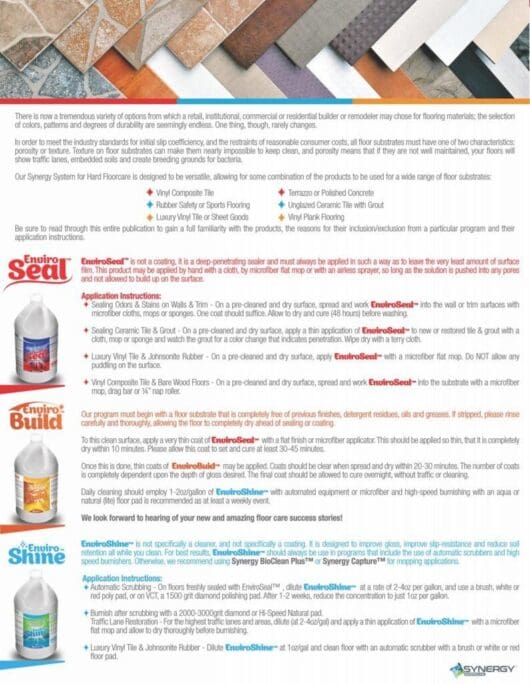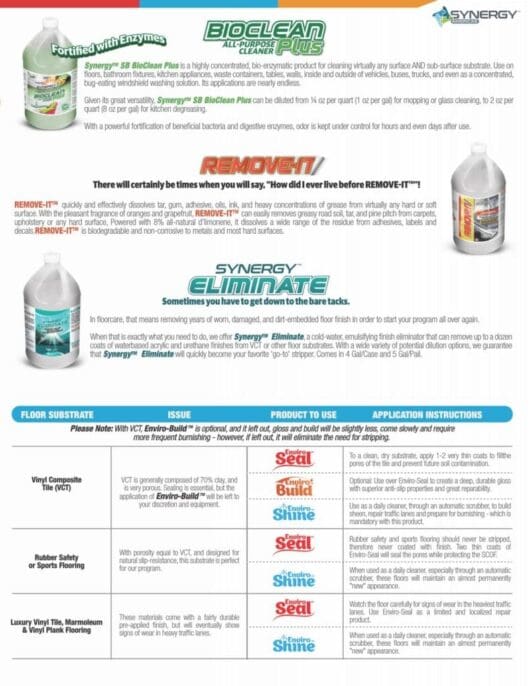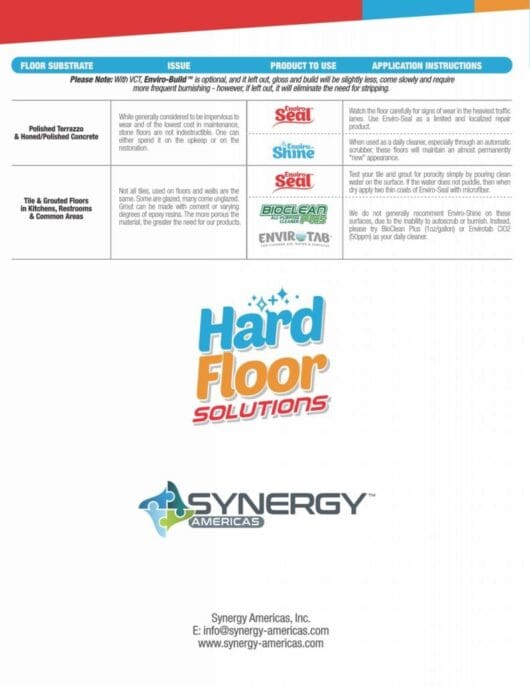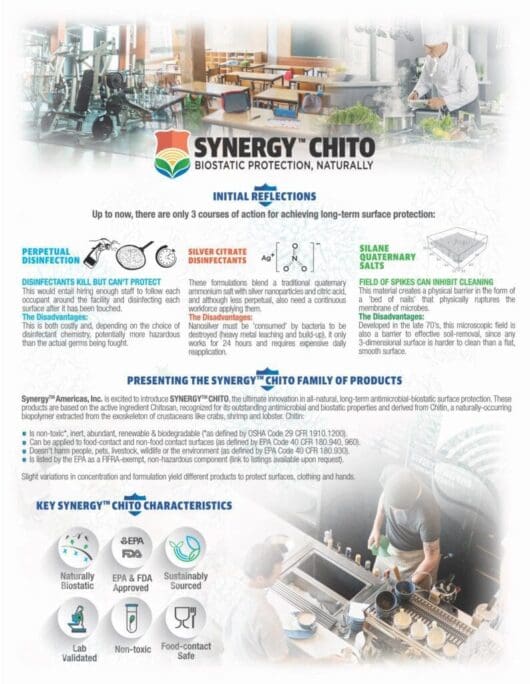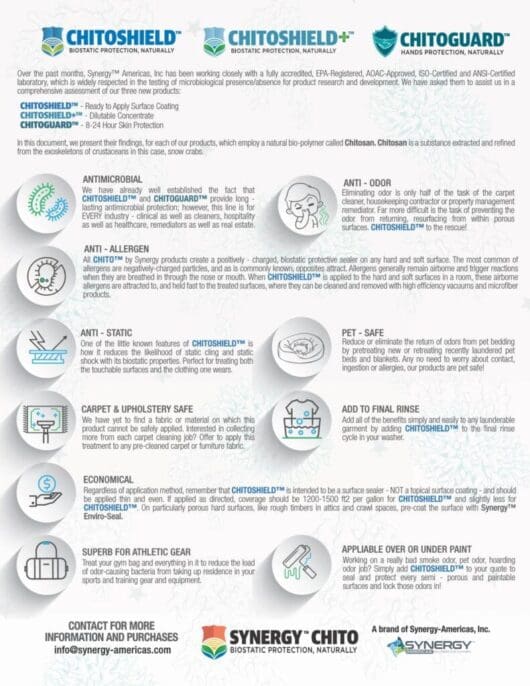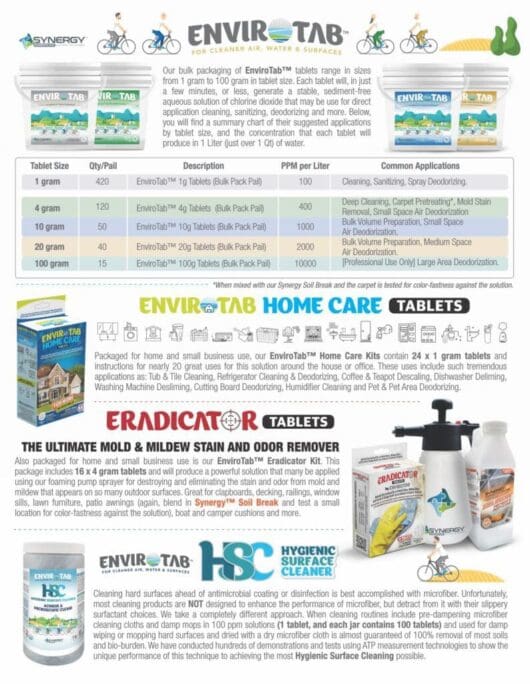Stay Connected...Drop Us a Line
For best user-experience, hit 'TAB' to move from field to field.
Cleaning Basics...Part 2
Soil Types: Organic is Nothing New
Listen to the Audio Version:
I'm sorry, but all of this hoopla about certain foods being 'organic' and others being 'not organic' has been a terrible misappropriation of language. We grow almost all of our own food here on our small farm in Maine, use only manure to condition the soil and never use pesticides - so it's not that I'm insensitive to the cause of having a purer diet - they just should have found a better term!
Blueberries in Maine
To better illustrate the proper use of the terms 'organic' and 'inorganic' I would like to draw your attention to the photo of Maine blueberries on the left (or above if you are on a mobile device). Here, our blueberries grow in low bushes, tight along the ground and in what might be thought of to be some of the most inhospitable soil - even just narrow seams between granite slabs and boulders. This is the ORGANIC (the blueberries) among the INORGANIC (granite). The first is a living, growing organism, the second is not.
Organic Soils at Their Core
Organic matter is generally edible matter, and if we can eat it, metabolize it, and live on it, then so can bacteria and other microbes. Organic matter is high in proteins, fats, carbohydrates and other molecules and compounds that hold together exceptionally well - in other words, they require a rather specialize chemistry to break their molecular bonds that build them up and attach them to surfaces. As we digest food, we first use the mechanical action of chewing to begin the breakdown of these compounds. Then, in our mouths, we generate enzymes in our saliva, acids in our stomach and more (and different types of) enzymes in our small intestines to reduce and finally bacteria (in the large intestines) to reduce the size of the molecules so that finally the base nutrients can be absorbed into our bloodstream and carried about our bodies. Much of these actions can be replicated in cleaning.
Breaking Down the Proteins
As mentioned in the first article, proteins are the key component of biofilm, and the bacteria that creates biofilm is everywhere. What we have incorporated into our program is one of the most effective protein-dismantling chemistries in creation - Chlorine Dioxide. So between our enzymatic products (BioClean Plus and Consume) and our full line of ClO2 products, we have your organic soil removal system right and ready to go!
In Summary
Inorganic soils are generally easy to clean, being mostly just dirt - lift it into suspension and it can be removed with mild detergents and minimal mechanical action. Organic soils, on the other hand, are complex compounds that require the assistance of enzymes, benevolent bacteria and - or chlorine dioxide to break down the proteins.





